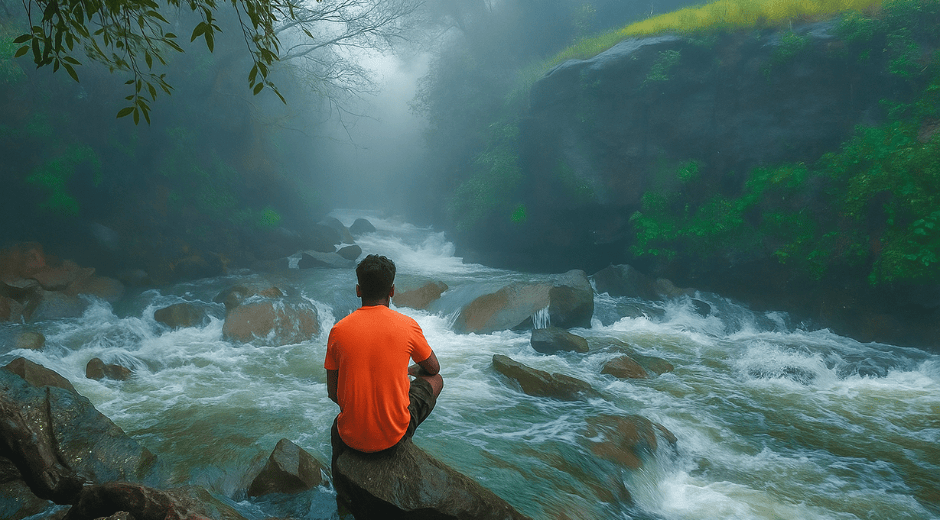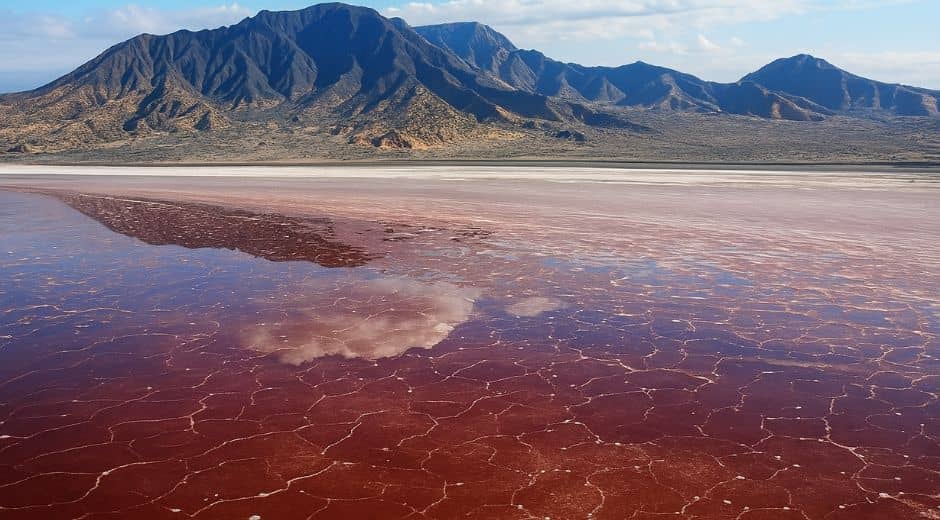The Loch Ness Mystery: Hunting Scotland’s Legendary Monster
The Loch Ness Mystery: Hunting Scotland’s Legendary Monster
In the misty heart of the Scottish Highlands, where dawn creeps slowly through the fog and water mirrors the sky, lies Loch Ness — one of the most mysterious lakes in the world. Its surface glimmers darkly, holding secrets that stretch beyond time and science. For centuries, this deep freshwater loch has been both feared and adored, a place where legend and reality blur with every ripple on its surface.
The earliest tales of Loch Ness go back to the 6th century, when Saint Columba is said to have encountered a “water beast” while crossing the River Ness. From that moment, stories of strange creatures inhabiting the loch spread through local folklore, passed down from generation to generation. For the Highlanders, the creature wasn’t merely a monster; it was a symbol of power, mystery, and the eternal unknown that slumbers beneath the water’s edge.
These stories remained local whispers until the early 20th century, when modern fascination transformed Loch Ness into a global phenomenon.
The 20th-Century Obsession
The modern legend began in 1933 when a couple driving along the newly built road by the loch claimed to have seen a massive creature rolling and plunging through the water. Newspapers seized the story, and soon the world’s imagination was caught. Just a year later, the now-famous “Surgeon’s Photograph” appeared — a shadowy black-and-white image showing what looked like a long neck and small head emerging from the loch.
Whether real or fake, that image defined the myth. Tourists flocked from around the world to the quiet town of Inverness, and Loch Ness became synonymous with mystery itself. Expeditions began, from amateur adventurers with binoculars to professional researchers using sonar and underwater cameras. Each new sighting added fuel to the mystery, while every failed investigation deepened the intrigue.
By the 1960s and 70s, Loch Ness had become more than a lake; it was a cultural icon — a place where science met superstition, and where wonder became part of Scotland’s identity.
Science and Shadows Beneath the Surface
What makes Loch Ness so extraordinary isn’t simply the legend of a monster — it’s the loch’s very nature. Stretching over 23 miles and descending to depths of nearly 800 feet, it holds more water than all the lakes of England and Wales combined. Its dark color, caused by peat from the surrounding hills, conceals anything below a few meters, turning the lake into a perfect stage for mystery.
Through the decades, scientific teams have explored Loch Ness using sonar, drones, and even submersibles. Some have detected large moving shapes deep beneath the surface, but nothing has ever been proven conclusive. Biologists suggest the sightings may be misidentified eels or sturgeon; physicists point to optical illusions caused by cold and warm water layers; and psychologists note our tendency to see patterns where none exist.
Still, no definitive answer has ever emerged — and perhaps that’s what keeps the mystery alive. The legend of Loch Ness thrives in the space between science and wonder.
For those intrigued by how natural myths intertwine with the ecosystems they inhabit, BionatureVista offers fascinating insights into the world’s most legendary landscapes — including the enduring enigma of this Scottish lake.
Beyond the Myth: A Landscape of Beauty
Even if the monster is never found, Loch Ness remains a destination worth exploring. The surrounding Highlands are a masterpiece of rugged beauty — vast moors, rolling hills, and ancient ruins that tell Scotland’s history in silence. Along its shores, you’ll find Urquhart Castle, a 13th-century fortress whose crumbling towers overlook the dark expanse of the loch, standing like a sentinel over centuries of secrets.
For travelers following the call of mystery, the area offers much more than legend. A cruise across the loch reveals the haunting calm of the water and the grandeur of the Highland landscape. Small villages nearby, such as Drumnadrochit, offer cozy inns and folklore museums dedicated entirely to the story of Nessie. Local guides still tell tales of strange ripples spotted at dawn, and of divers who swear they’ve seen shapes move in the depths.
Scotland’s Loch Ness continues to draw visitors seeking something beyond explanation — something magical that defies time and reason.
For those who crave more adventure and storytelling, TripBeyondTravel offers travel inspiration that brings the world’s most mysterious destinations to life.
Culture, Curiosity, and the Power of Belief
The legend of Loch Ness endures because it taps into something ancient within us — our collective need to believe in what we cannot see. In an age of satellites, data, and constant surveillance, the loch stands as a rare place where mystery still reigns. It invites curiosity, but it also teaches humility: a reminder that not every truth must be uncovered to be real.
Over the years, filmmakers, authors, and explorers have reimagined the creature in countless ways — from gentle guardian to prehistoric survivor. Each interpretation reveals more about humanity than about the lake itself. To many Scots, the monster represents resilience and wonder — the idea that beauty can exist in the unseen.
Even National Geographic has dedicated studies and documentaries to the topic, exploring how folklore and environment intertwine to create enduring myths. Their findings reveal that while no creature has been proven to exist, the phenomenon of belief itself is powerful enough to shape an entire culture.
The Enduring Mystery
In the end, perhaps the truth behind Loch Ness doesn’t matter as much as the story it tells. Its legend isn’t about fear or proof — it’s about imagination. Standing on its shore, with mist curling low over the water and the wind whispering through the pines, one can’t help but feel the presence of something ancient. It’s not just the monster that draws people here, but the timeless call of the unknown.
As you gaze into its shadowed waters, you realize that the legend of Loch Ness isn’t about finding a creature at all. It’s about rediscovering our sense of wonder — that rare, childlike thrill of believing there are still mysteries left in the world.
So if your travels ever lead you to Scotland, make your way north to Inverness, follow the winding roads, and stand at the edge of Loch Ness. Watch the ripples drift into silence, breathe the cold Highland air, and listen closely — you might not see the monster, but you’ll feel the heartbeat of a story that has refused to die for over a thousand years.
For more travel inspiration, stories, and journeys into the world’s most fascinating myths, visit TripBeyondTravel.
Travel Made Simple

Pathways That Change You: Routes Worth Remembering
Pathways That Change You: Routes Worth Remembering

Voyager Tales: What Solo Discovery Really Teaches You
Voyager Tales: What Solo Discovery Really Teaches You

The Pulse of Experience: Feeling the World Beyond Sight
Travel isn’t just about what we see, but what we feel. Discover how the pulse of a place reveals its rhythm, emotion, and unforgettable human energy.













